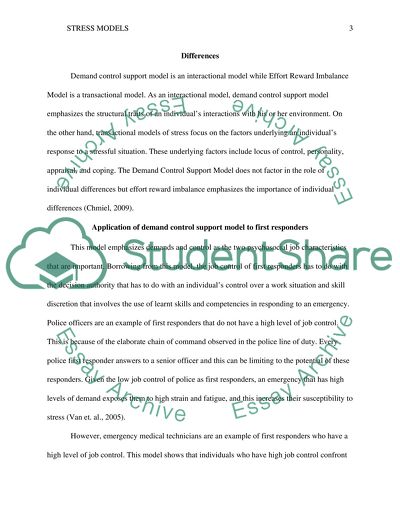Cite this document
(“Models of Stress Theory and how they apply to First Responder Research Paper”, n.d.)
Models of Stress Theory and how they apply to First Responder Research Paper. Retrieved from https://studentshare.org/health-sciences-medicine/1651957-models-of-stress-theory-and-how-they-apply-to-first-responder
Models of Stress Theory and how they apply to First Responder Research Paper. Retrieved from https://studentshare.org/health-sciences-medicine/1651957-models-of-stress-theory-and-how-they-apply-to-first-responder
(Models of Stress Theory and How They Apply to First Responder Research Paper)
Models of Stress Theory and How They Apply to First Responder Research Paper. https://studentshare.org/health-sciences-medicine/1651957-models-of-stress-theory-and-how-they-apply-to-first-responder.
Models of Stress Theory and How They Apply to First Responder Research Paper. https://studentshare.org/health-sciences-medicine/1651957-models-of-stress-theory-and-how-they-apply-to-first-responder.
“Models of Stress Theory and How They Apply to First Responder Research Paper”, n.d. https://studentshare.org/health-sciences-medicine/1651957-models-of-stress-theory-and-how-they-apply-to-first-responder.


